The Ministry of Construction determines to develop a synchronous, modern, and smart infrastructure system to basically form a national infrastructure framework in the coming period.

Promoting the achievements of the past 5 years with the spirit of solidarity, democracy, innovation, creativity, daring to think, daring to do, daring to take responsibility, the cadres, civil servants, public employees and workers of the Ministry of Construction are determined to successfully complete the political tasks in the period 2025-2030.
In the plan to launch the emulation movement "for officials, employees, and workers of the Ministry of Construction to successfully carry out socio -economic development tasks in the 2025-2030 period" that has just been issued, the Ministry of Construction has determined to develop a synchronous, modern, and smart infrastructure system, in which central resources will be focused on strategic infrastructure and key projects; basically forming a national infrastructure framework, focusing on investing in the Eastern North-South expressway, some sections of the Western North-South expressway, and important East-West road axis.
Priority will be given to investment in gateway seaports combined with international transit; major airports; high-speed railway lines on the North-South axis, international connecting railway lines and international transit seaports; the formation of inter-regional connecting expressways, connecting international gateway seaports, international airports, and international border gates with large import and export demand.
Specifically, regarding roads, in the 2026-2030 period, about 2,000km of expressways will be built, completing the goal of having 5,000km of expressways nationwide by 2030; completing coastal roads; upgrading a number of important national highways connecting to hubs with high transport demand; connecting Ho Chi Minh Road; expanding routes connecting gateways to Hanoi and Ho Chi Minh City.
Maritime priority is given to upgrading and expanding public maritime routes such as Nghi Son, Cam Pha, Lach Huyen, Cai Mep-Thi Vai, Song Hau (completion phase); key seaports combined with international transit at Lach Huyen, Cai Mep, Lien Chieu port (Da Nang), Nam Do Son (Hai Phong); focusing on developing the maritime transport fleet, inland waterways, search and rescue fleet, maritime traffic coordination and monitoring system nationwide.
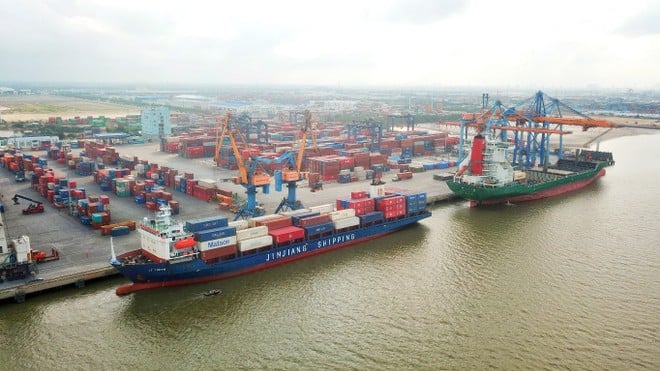
Inland waterways prioritize the implementation of the Project to increase bridge clearance on national waterways, creating conditions for large ships to circulate, reducing the load on the road network; implementing investment in the Project to develop waterway and logistics corridors in the Southern region and developing a number of inland waterway ports and wharves in the Southwest, Southeast and Red River Delta regions. Strongly develop river-sea and coastal transport in the North-South.
The railway strives to complete the Lao Cai-Hanoi-Hai Phong railway line before 2030; deploy investment in the high-speed railway line on the North-South axis; accelerate investment procedures for a number of railway lines connecting to international gateway seaports, international connections with China, the Bien Hoa-Vung Tau railway line, the railway connecting the international airport (Thu Thiem-Long Thanh), the Eastern belt railway of Hanoi, the railway lines of Ho Chi Minh City-Can Tho, Hanoi-Ha Long; build the Lang Son-Hanoi, Mong Cai-Hai Phong lines.
The aviation sector will implement phase 2 of Long Thanh International Airport; upgrade key airports to meet demand such as Vinh, Lien Khuong, Noi Bai, Chu Lai; and call for investment in new airports according to the plan.
Urban development oriented towards public transport
Regarding traffic and urban infrastructure, the Ministry of Construction develops in a synchronous and modern direction, especially in large cities, associated with the requirements of developing green, smart cities, adapting to climate change; prioritizing investment in traffic infrastructure works, ring roads, water supply and drainage works, wastewater treatment, and flood prevention in large cities; developing urban public transport, focusing on investment and accelerating the construction of urban railway lines.
The Ministry of Construction focuses on the urban development model oriented towards public transport in large cities; urban development in the direction of compactness combined with the creation of public spaces, green spaces, and ecology to increase the efficiency of land and resource use; selecting cities with special advantages to build into economic, financial, commercial, service centers... with high regional and international competitiveness.
Emphasizing the development of urban infrastructure one step ahead, especially technical infrastructure and essential social infrastructure, the Ministry of Construction has set the goal of effectively exploiting underground space, especially subways in large cities.
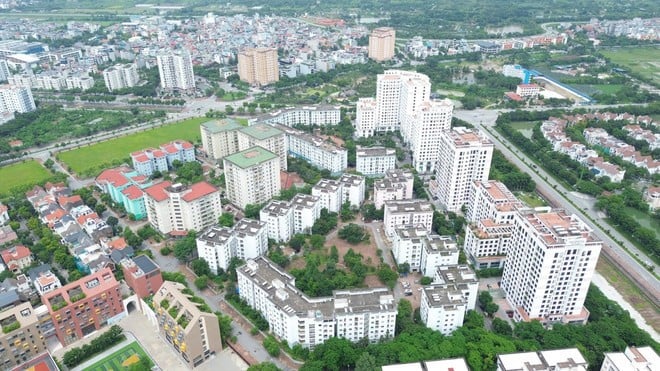
In the management of transport activities and ensuring traffic safety, the Ministry of Construction has developed and implemented the Strategy for Transport Service Development to 2035, with a vision to 2050, and other projects to promote double-digit growth in transport output in the coming years.
Specifically, the Ministry of Construction is studying and proposing solutions to promote the formation of logistics centers at major transport hubs (seaports, dry ports, railway stations, airports, etc.) with full services and high automation to collect goods and distribute them according to the "transit center" model, connecting many modes of transport; continue to restructure the transport market in the direction of reducing the market share of road transport and increasing the market share of waterway, maritime, rail and air transport.
The Ministry of Construction will study and implement synchronously and drastically solutions to promote the development of waterway transport and river-sea transport; study solutions to promote the formation and development of freight transport trading floors; speed up the construction of a mass public transport system in Hanoi and Ho Chi Minh City, especially for urban railway routes./.
Source: https://baolangson.vn/bo-xay-dung-giai-doan-2025-2030-se-xay-dung-them-2-000km-duong-bo-cao-toc-5061057.html




![[Photo] Prime Minister Pham Minh Chinh chairs the 16th meeting of the National Steering Committee on combating illegal fishing.](https://vphoto.vietnam.vn/thumb/1200x675/vietnam/resource/IMAGE/2025/10/07/1759848378556_dsc-9253-jpg.webp)









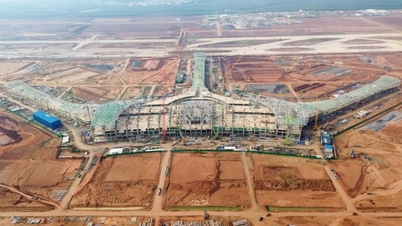








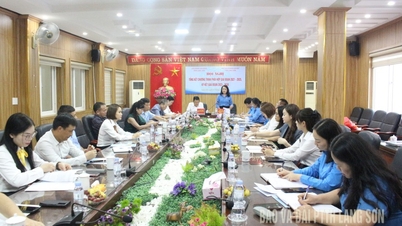
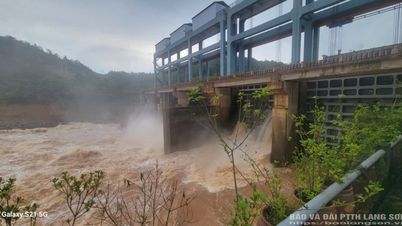

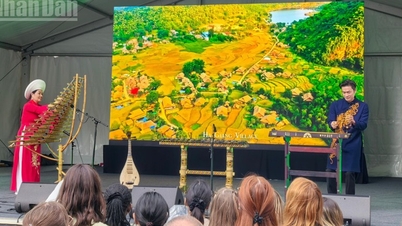


![[Photo] Super harvest moon shines brightly on Mid-Autumn Festival night around the world](https://vphoto.vietnam.vn/thumb/1200x675/vietnam/resource/IMAGE/2025/10/07/1759816565798_1759814567021-jpg.webp)















































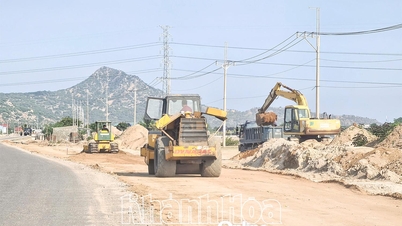






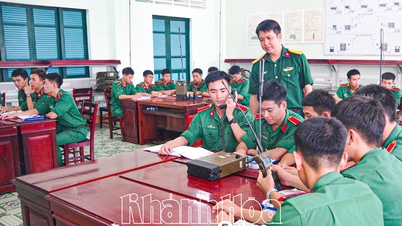














Comment (0)